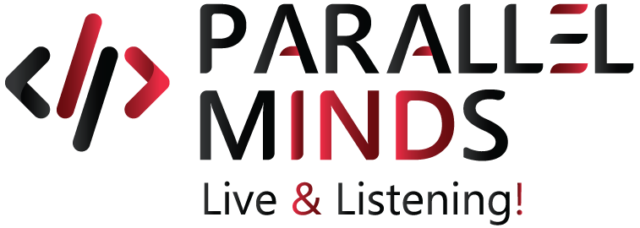Optimal Resource Alignment: Features such as auto-scaling enable LCDPs to create an optimal plan for the utilization of resources. This way, the provision of resources such as servers in a cloud-friendly LDCP environment does not require to be planned or allocated in advance. With on-the-go scaling, developers can now plan resources to match an application’s existing needs only, leading to optimal resource management at all times.
Equipping the Environment-Conscious with Sustainable Tools: The community of citizen developers and entrepreneurial users is always on the hunt for the next tool to enhance their contributions and reduce damage to the environment. LCDPs, since they offer lower barriers to entry, are the first to deliver cost-effective yet highly impactful solutions.
Process Digitization Initiatives: Traditional coding and paper trails have always gone together, with forms, applications, and manual workflows forming this mix. This not only led to resource wastage but also resulted in reduced process speed and associated inefficiencies. Low-code environments are all about digitized processes, thus adding efficiency while saving valuable environmental resources.
The Optimal Development Blueprint and Waste Reduction: The use of visual tools, automated solutions, and re-deployable components in low-code development environments lowers development time. This directly contributes to a reduction in costs and resources used for coding, testing, and iterating.
Energy Saving with Rapid Improvements: In traditional coding processes, identifying the gaps in an inefficient idea and optimizing it for use resulted in spending high amounts of energy and resources. LCDPs offer the advantage of rapid prototyping, enabling development teams to put their ideas through the testing and improvement phases swiftly. Shorter feedback loops mean less energy spent en route.
Resource-Friendly Yet Highly Efficient Code: The “low” in low code is quite the turn-off, considering how the first impression (to those unaware) is that such development platforms can only generate low-performing applications. The reality is quite the opposite. Efficient LDCPs can produce highly optimized code for common use cases, and even for unique scenarios, can create flexible and highly customized code. Add proactive performance monitoring to the mix and LCDPs can lead to a highly efficient development environment alongside optimal resource management.
Knowledge-Sharing to Promote Sustainability: Existing component libraries are a great way to encourage the reuse of code and the sharing of solutions that have already been worked upon. This means development teams no longer have to spend their resources on problems that have already been resolved. This helps teams steer clear of spending resources, thanks to ready solutions at hand that have been promoted through the knowledge-sharing abilities of LCDPs.
Easy Maintenance for Long-Term Savings: Major overhauls and rewrites or comprehensive replacements are now a thing of the past. Visual representation and cautious coding mechanisms make LCDP-devised applications easier to maintain. This entire approach results in easy maintenance and energy and resource savings in the long haul.




